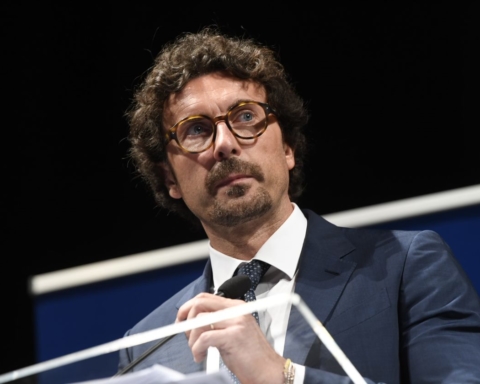Careful, two-way traffic ahead. The Silk Road that the Chinese government has set up and, in part, is still setting up, spending something like a trillion dollars so far, “was not conceived with the sole objective of allowing Beijing to forward their goods, by sea or by rail, from east to west, but was also meant for sending goods in the opposite direction.”
This is former Member of the European Parliament, Mark Watts’ starting point when giving us his view on one of the “greatest infrastructural and economic projects of the century”. From his British standpoint- the Belt and Road Initiative (BRI) is not only not scary, but represents a great opportunity and a major challenge.
Mr. Watts, who is currently coordinator of the UK Transport in Europe trade body, puts it clearly: “The Silk Road is still under construction”, but for it to become really transitable in both directions, Europe must be fully aware that the world is changing: “Asian supremacy, with the Chinese in the driver’s seat, is not only the reflection of a desire for economic power but is the result of a clear, defined strategy, which both parties can benefit from.”
China, in fact, has every interest in ensuring better access to its exports and imports, aiming to promote “relations that are not purely commercial, but also political” with the countries along the route, right up to the western extremities.”
Europe, on the other hand, needs to develop in the East, “to strengthen market connections to strategic partners with whom it intends to develop bilateral agreements.”
The Silk Road, especially the maritime one, can, in short, become the main way for converging all multiple interests at stake. European interests are clear: “The search for ever-increasing economic resources to meet the infrastructural needs of its member countries, in particular those of Eastern Europe, and the need to improve existing road links, which are becoming increasingly congested, can only lead the EU to consider the BRI as a lifeline to carry out its Community objectives”.
We must be careful, however: believing in the goodness of the Chinese initiative does not mean blindly succumbing to it or giving up one’s convictions regarding the transparency of market rules. “Our eyes must be kept wide-open – says Watts – the EU must work so that the agreements with the Chinese Dragon are based on the principles of equal conditions in market access and fairness and transparency in public procurement.”
Nevertheless, cooperation between the EU and China is necessary, if only to avoid unnecessary overlaps between their respective infrastructure initiatives and, likewise,between the BRI and TEN-T policies. On the other hand, the market models that inspire the two contractors remain very different, but for Watts a compromise can be reached.
“The Belt and Road Initiative is Europe’s only chance to improve maritime and road links and eliminate bottlenecks along the route. These are the objectives which China and Europe can and must develop a win-win alliance on”.
Clearly, it will not be easy for the EU to strengthen existing cooperation and at the same time promote the application of the market access principles, but an attempt must be made.
“Europe should meet the challenge head on, with its eyes firmly on the road ahead. We have everything to gain from China and its BRI.”




